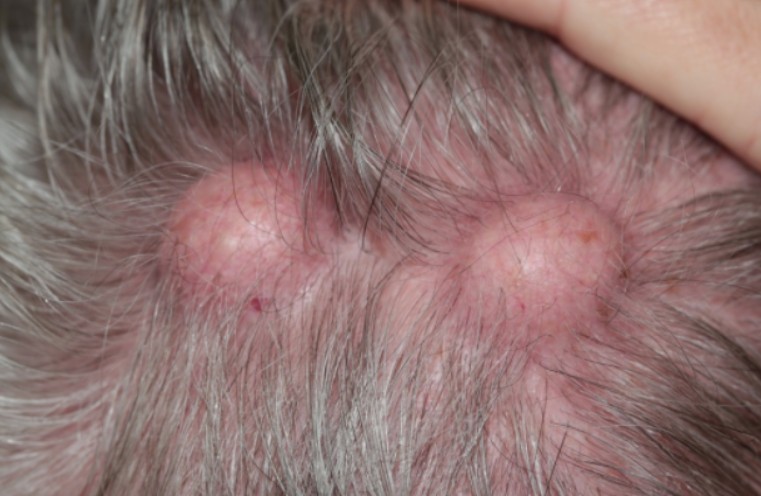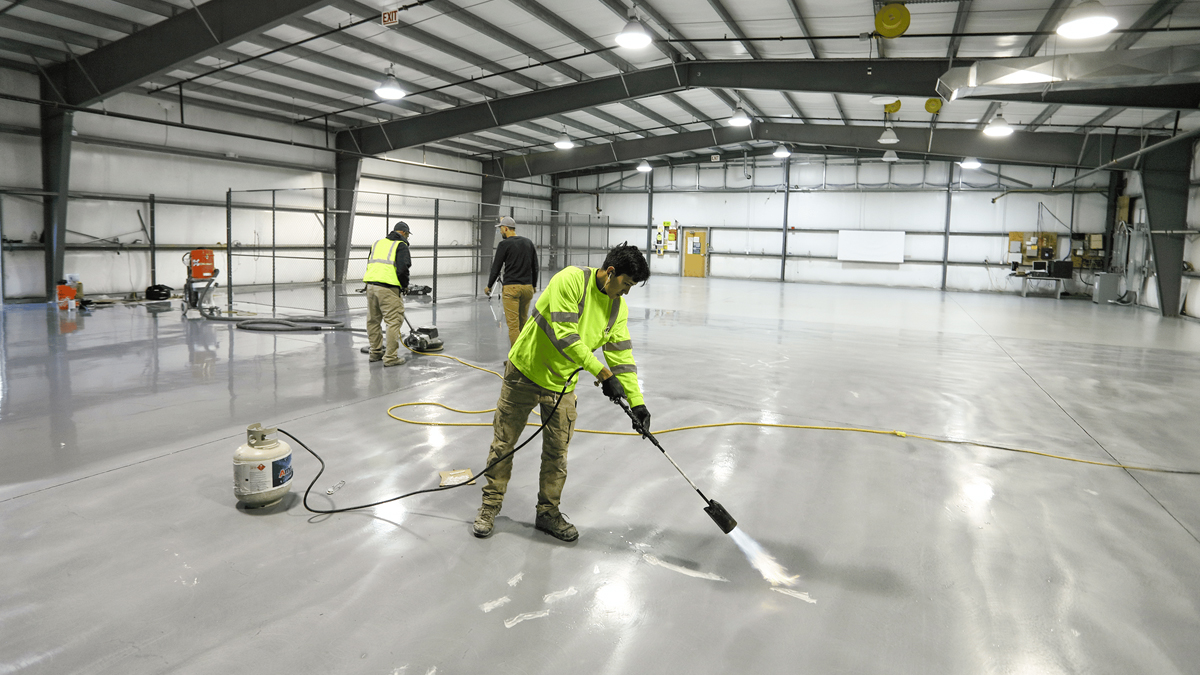If you’re someone who cares about your car’s appearance, you’ve probably heard terms like PPF coating or car protection film being tossed around. Whether your car is brand new or a few years old, maintaining its shiny finish and protecting it from scratches, chips, and road debris is something every car owner thinks about.
This blog will help you understand what PPF coating is, how it works, and why it’s something you might want to consider. Don’t worry—we’re keeping it simple, relatable, and easy to digest. No technical jargon here!
What Exactly Is PPF Coating?
PPF stands for Paint Protection Film. It’s a clear, flexible film that’s applied to your car’s painted surfaces. Think of it as an invisible shield that wraps around your car like armor. It helps guard the paint from scratches, rock chips, road salt, bug splatter, and even the sun’s harsh UV rays.
It’s made from a type of durable plastic (usually polyurethane), which has some cool self-healing properties. That means small scratches or swirl marks can disappear with heat from the sun or warm water. Pretty neat, right?
How Does PPF Coating Help Your Car?
Let’s break it down in the most relatable way possible. Imagine you’re wearing your favorite sneakers. You walk through mud, puddles, and gravel. Now, imagine there’s a clear wrap over your shoes that keeps them from getting dirty or scratched. That’s what car protection film does for your car.
Here are some of the biggest benefits of using PPF coating:
-
Scratch and Chip Resistance
No more cringing every time a small stone hits your bumper or hood. The film absorbs the impact, keeping your paint safe. -
UV Protection
Sunlight can fade and dull your car’s paint over time. PPF coating acts like sunscreen for your vehicle. -
Preserves Resale Value
A car with clean, damage-free paint will always look better to potential buyers. Think of it as long-term car care investment. -
Invisible Protection
The film is transparent, so it won’t affect your car’s color or gloss. Your vehicle will look just as shiny—only better protected. -
Easy Maintenance
Dust, dirt, and grime wash off easily. Some films even resist stains from bird droppings and tree sap.
Where Is PPF Coating Applied?
You don’t need to cover your entire car (unless you want to). Most people choose to apply car protection film on high-impact areas like:
-
Front bumper
-
Hood
-
Side mirrors
-
Door edges
-
Fenders
-
Headlights
These are the areas most exposed to road debris and general wear and tear.
How Long Does It Last?
A good quality PPF coating can last anywhere between 5 to 10 years depending on how you care for it and the driving conditions. Regular cleaning and avoiding harsh chemicals will help it stay in great shape for years.
Tips for Taking Care of Your PPF Coating
Once your car has a PPF coating, the goal is to help it last as long as possible. It doesn’t take much—just a few simple habits and precautions can keep the film doing its job well.
-
Wait Before Washing
After application, give it at least 7 days to settle before washing your car. -
Use pH-Balanced Car Shampoo
Avoid strong detergents. Gentle car soap will keep the film clean without breaking it down. -
No Wax or Polishes with Abrasives
If you want to add shine, use waxes or sealants that are safe for films. Skip anything with harsh particles. -
Avoid Pressure Washing Too Close
High-pressure water jets can lift the film’s edges if you spray too close. Keep a safe distance and use a wide-angle nozzle. -
Park in the Shade When Possible
Although PPF helps protect against UV, it’s still a good idea to park in a garage or shaded area whenever possible.
Is It Worth the Cost?
This is a question many car owners ask. And the answer depends on how much you care about your car’s appearance and how long you plan to keep it.
If you’ve bought a new car and want to keep it looking showroom fresh, or if you drive long distances where stone chips are common, car protection film is absolutely worth considering. While it might cost a bit upfront, it saves you money in the long run by preventing paint damage and resprays.
Plus, if you’re leasing a car, it could help you avoid charges for paint damage when you return it.
PPF vs Ceramic Coating: What’s the Difference?
Many people confuse PPF coating with ceramic coating, and it’s easy to see why. Both are used to protect your car’s surface, but they work in different ways.
-
PPF Coating is a physical, protective film that stops scratches, chips, and stains.
-
Ceramic Coating is a liquid polymer that bonds with your car’s paint and creates a hydrophobic surface that repels water, dirt, and light contaminants.
In simple terms, PPF is like a protective case for your phone, while ceramic coating is like a water-resistant screen protector. You can actually use both together—PPF first, ceramic on top—for maximum protection.
When Should You Apply PPF Coating?
The best time to apply PPF coating is when your car is brand new or right after a full paint correction. This way, the film locks in that perfect, flawless paint job and keeps it looking like new.
But don’t worry if your car isn’t brand new. You can still apply the film after making sure the surface is clean and polished. It’s never too late to start protecting your ride.
How to Choose the Right Installer
PPF coating isn’t a DIY job for most people. It requires skill, precision, and the right environment. A trained professional will make sure the film is applied seamlessly with no bubbles or peeling edges.
Here’s what to look for:
-
A clean and dust-free workspace
-
Experience and certifications
-
Examples of past work
-
Good customer reviews
Make sure to ask what kind of film they use and what warranty is offered. Not all films are created equal!
Final Thoughts
If you’re serious about keeping your car looking its best for years, a PPF coating is one of the smartest upgrades you can make. It’s a clear, almost invisible layer of protection that gives you peace of mind every time you drive.
We all know that cars are exposed to a lot—rain, dust, gravel, bugs, and more. With car protection film, you’re giving your car the armor it needs without changing its look or shine.
So whether you just got a new ride or want to breathe new life into an older one, consider giving it the gift of a protective wrap. It’s like a cozy blanket for your car’s paint—keeping it safe, shiny, and ready to impress wherever the road takes you.



